Quartzy: the scaries edition
Happy Friday!
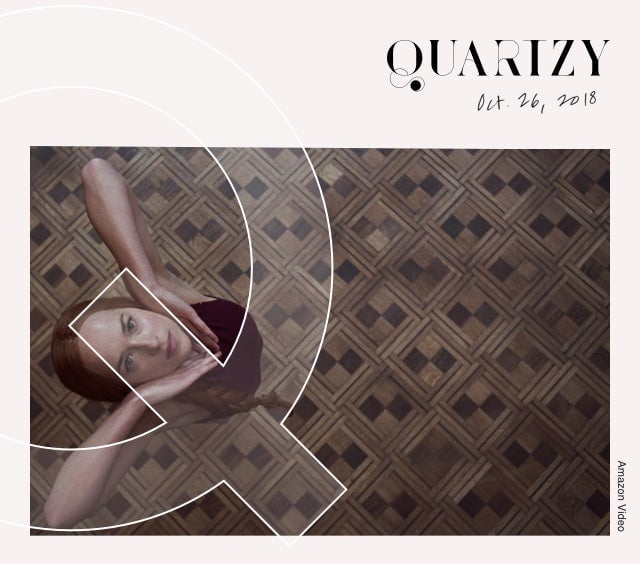
Happy Friday!
I was away for the last couple of weeks getting married. Twice! We divided our wedding into two celebrations on opposite coasts of the US, to make the most of our time with our family and friends.
Both occasions were deeply, fundamentally awesome. The confluence of dearest loved ones embracing, laughing, dancing, eating, and just hanging out created some of the happiest memories I’ve got in the bank.
These celebrations almost didn’t happen. There was a moment after we got engaged, when putting this all out there—our vows for our life together, our favorite songs, a bougainvillea headdress I’ve envisioned since before Instagram existed—just seemed too intensely intimate. What if it was a big let-down? What if our guests just didn’t get it? What if I looked like I was Coachella-bound?
I was afraid of being disappointed. Or, put another way: I was anxious.
“Anxiety is the price we pay for an ability to imagine the future,” says the neuroscientist Joseph LeDoux, the author of Anxious: Using the Brain to Understand and Treat Fear and Anxiety. “That’s what anxiety is, an imagination of a future that hasn’t happened yet, but that you are concerned with, worried about, dreading, and so on.”
It’s anxiety, according to LeDoux, that separates us from the animal kingdom, for better or for worse. Actual fear is a response to a direct trigger—a snake!—that most beasts share. Anxiety is another matter, he wrote in 2012. “It depends on the ability to anticipate, a capacity that is also present in some other animals, but that is especially well developed in humans. We can project ourselves into the future like no other creature.”
I have a vivid imagination, and at some point, it turned away from how humiliating/expensive/disappointing/disastrous a wedding might end up, and toward how wonderful it could be. And in the end, it was.
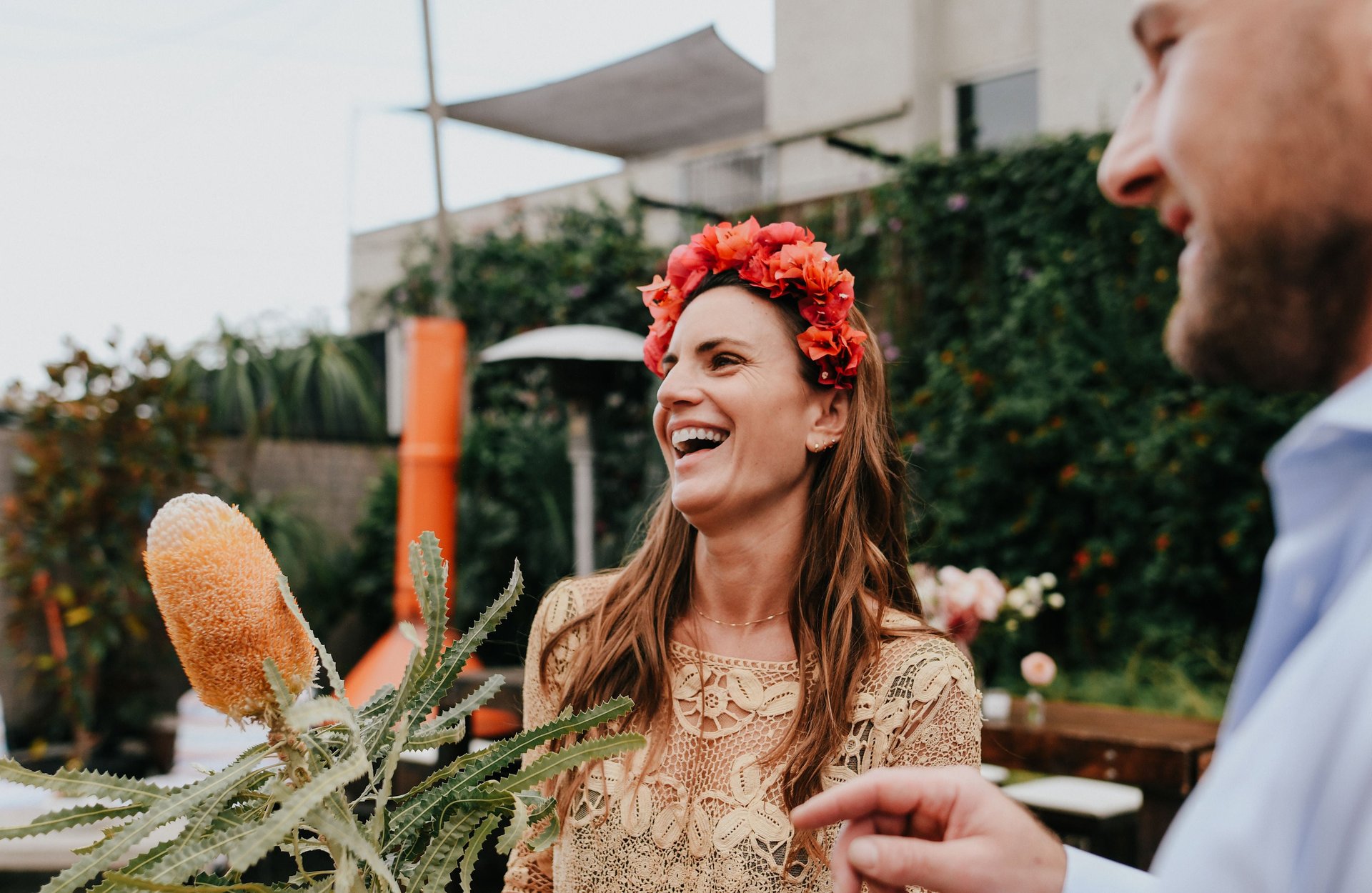
A blessing and a curse. As LeDoux has written, anxiety thrives with an active imagination—so it’s no surprise that creative minds suffer mightily from it. This week the Creative Independent, Kickstarter’s online resource for creative people, published a zine all about grappling with creative anxiety, fed by its vast trove of interviews with artists, filmmakers, musicians, photographers, authors, and more. (Neil Goldberg finds comfort in tropical fish stores; Addie Wagenknecht recommends reading The Lonely City.)
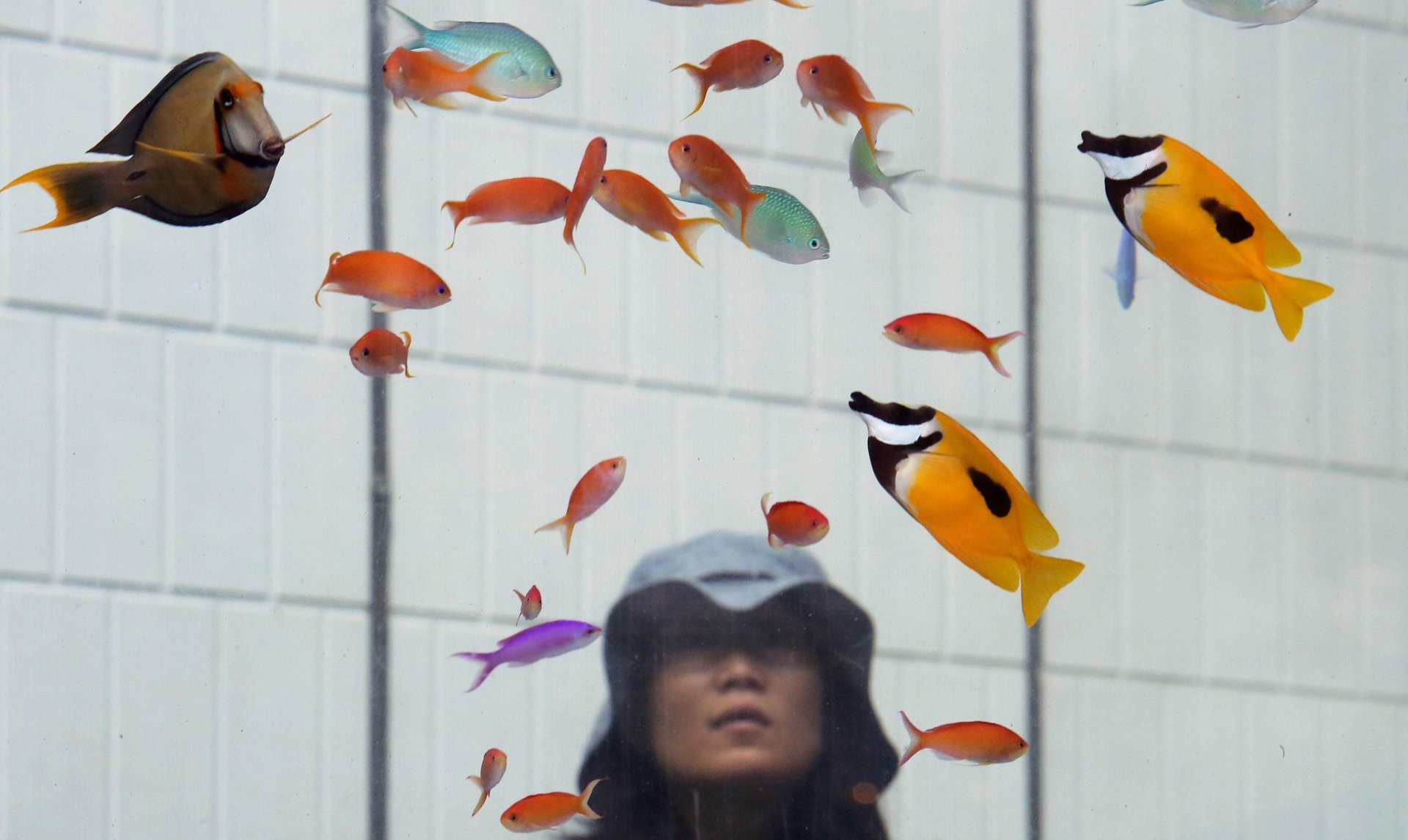
Here’s composer, programmer, and podcast host Mike Rugnetta on the fear of sharing one’s work: “If you’re afraid people won’t like what you’ve done, that’s often a good sign: it means you care, and it means there are stakes. Creating things… is often about risk, intimacy, and vulnerability. If you are gung-ho confident about your creative endeavors, it’s likely that you are not risking anything. For me, at least, this is often a mark of boring work.”
The zine is free—and they’ll even send you a print version if you send them a self-addressed and stamped envelope.
Scary times. Between news of natural disasters, unspeakable violence, and leaders seemingly hellbent on stripping immigrants, trans people, and other vulnerable groups of their basic rights, we are constantly exposed to terrifying information. According to the New York Times’ Kate Murphy, this can put our brains in a constant state of “wary hypervigilance,” leaving us sort of hovering in fight-or-flight mode.
One way of handling anxiety, Murphy suggests, is by “acceptance and commitment”—accepting and examining one’s fear, and committing to address it directly.
“It encourages people not only to accept that they are feeling fearful and examine the causes but also to think about their values and how committing to overcoming their fears would be consistent with who they want to be,” she writes.
With midterm elections around the corner in the US, I’ve admired those committed to tackling a fearsome political climate by knocking on doors and helping get out the vote on Nov. 6.
Horror in a controlled environment. My aforementioned vivid imagination means I cannot cope with horror movies whatsoever—I don’t even watch Stranger Things alone. But I get the appeal of snuggling into the couch and preparing to be startled—with popcorn. That feeling at grade-school sleepovers made Quartz’s Adam Epstein a lifelong fan of scary movies, and we’re currently in a golden age for the genre.
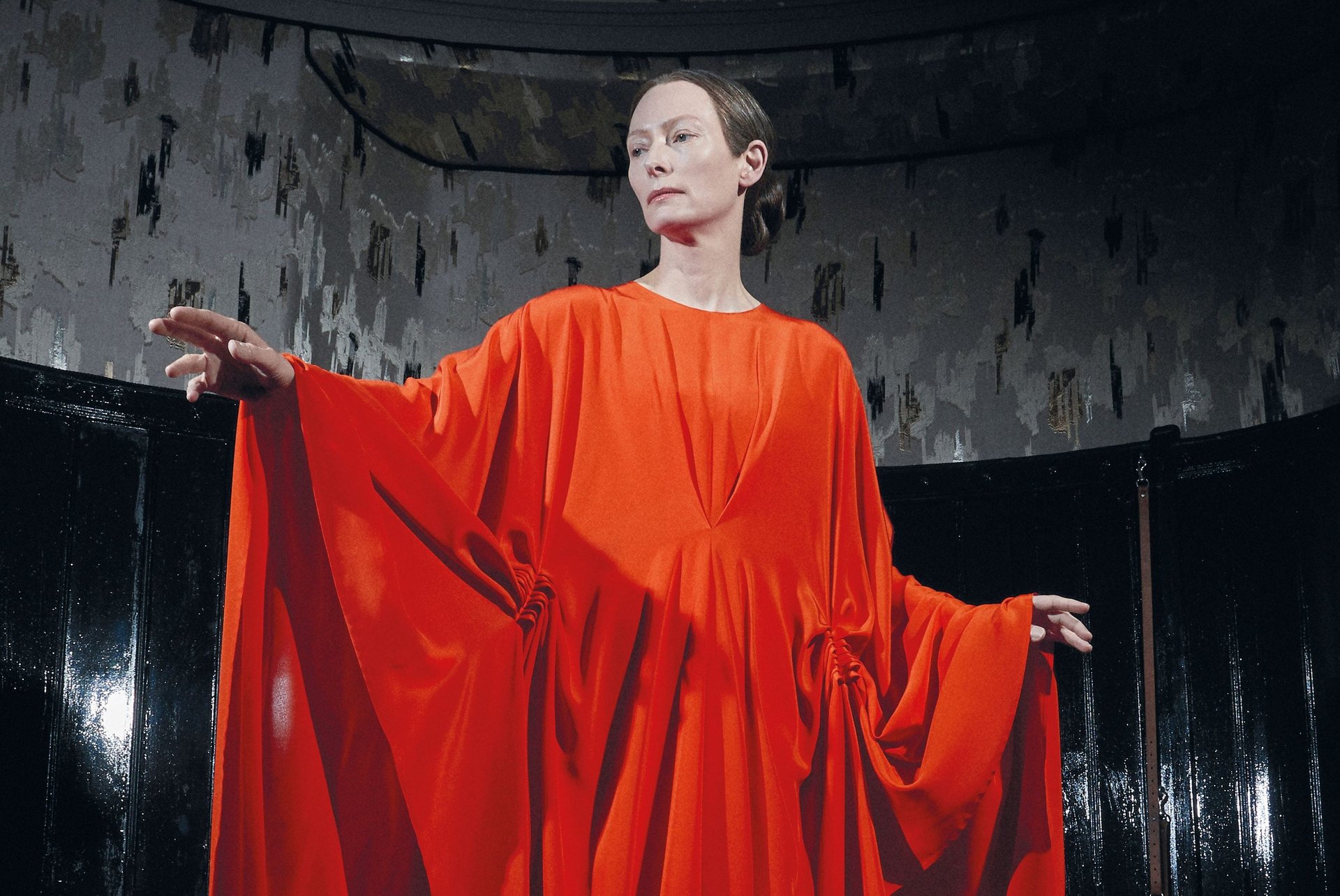
Here are Adam’s suggestions for Halloween: He just saw Suspiria, from Call Me By Your Name director Luca Guadagnino, and reports Tilda Swinton is outstanding as Madame Blanc, the enigmatic director of a prestigious dance company in 1977 Berlin. He called The Witch—the story of a Puritan family exiled to the edge of an untamed Northeastern woodlands—“the best horror film of the decade.” He also liked A Quiet Place and Hereditary. And if you miss Stranger Things and are looking for a scary series to binge, he’ll send you to Hulu’s Castle Rock.
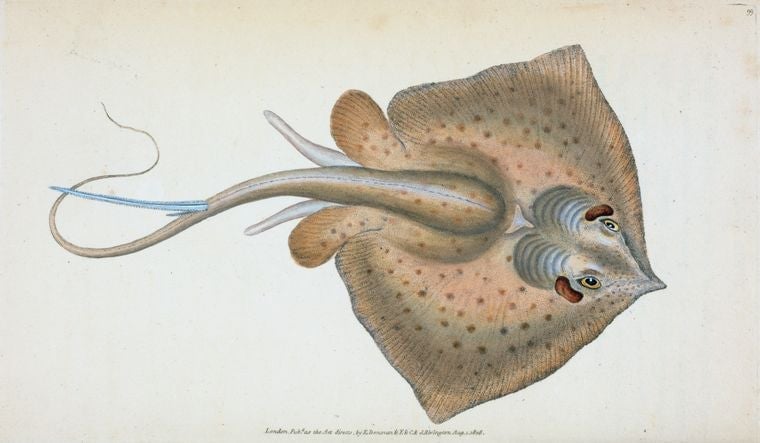
Diving into the Scaries. In the midst of a chest-seizing bout of the post-honeymoon Sunday Scaries—the anxious anticipation of returning to work—I did a few useful and semi-responsible things, like replying to some emails and a load of laundry.
But what truly got me through it was the same thing that always does: I submerged myself in water.
The ocean is a place I love and also deeply fear. Last year, at the same beach I visited on Sunday, I was called out of the water when someone saw a shark. An actual shark! In my rush to get onto dry land that day, I stepped on a stingray and got a painful, poisonous barb in my ankle.
I think about it often now—with a little jolt of pure fear every time I take a deep breath and hop off the sand, out where it’s deep enough to swim. If anxiety is a fundamental part of the human condition, sometimes conquering visceral fear can feel like a catharsis. And it’s useful to remember, out there in the big ocean, that you’re just an animal too.
Have a great weekend!
[quartzy-signature]
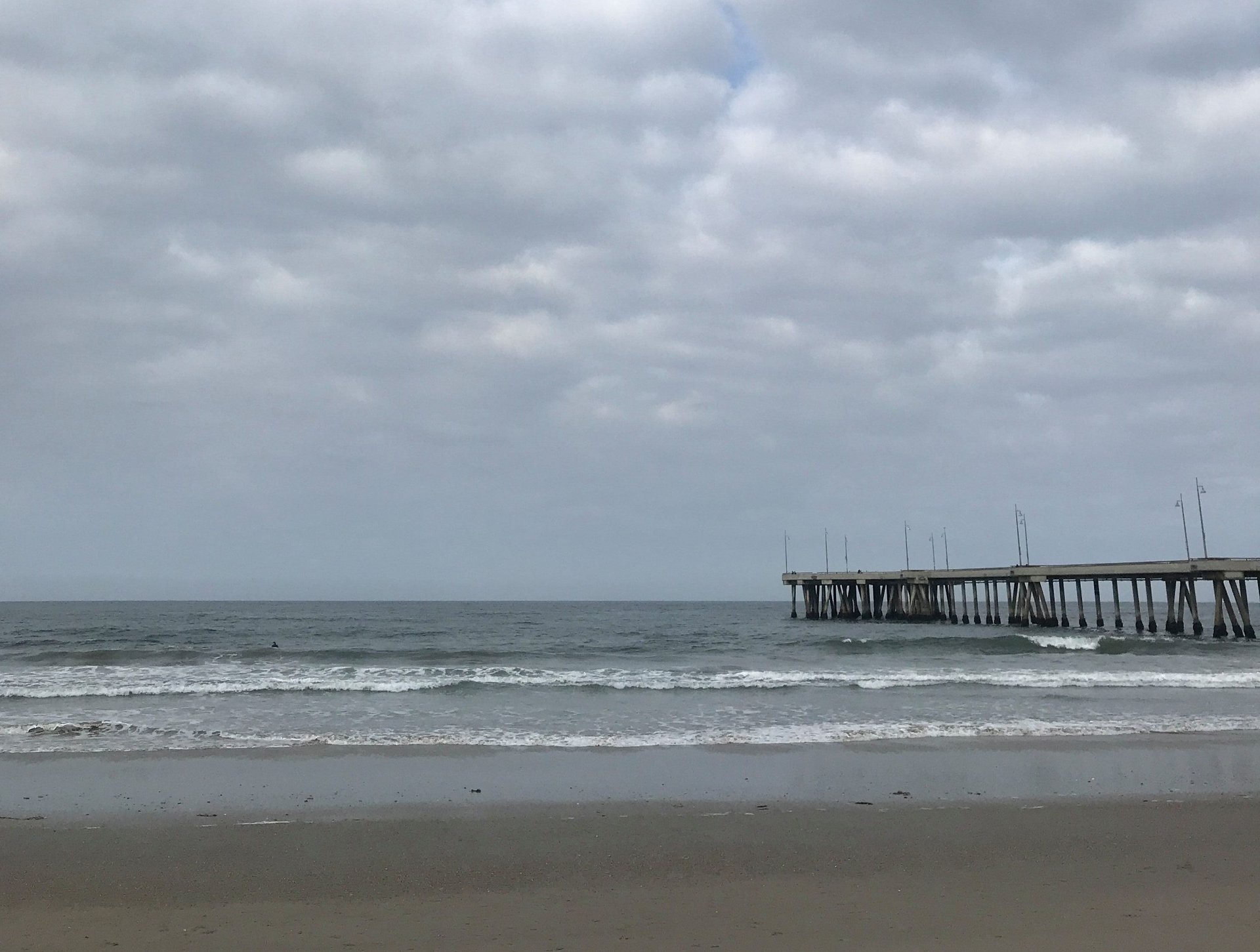
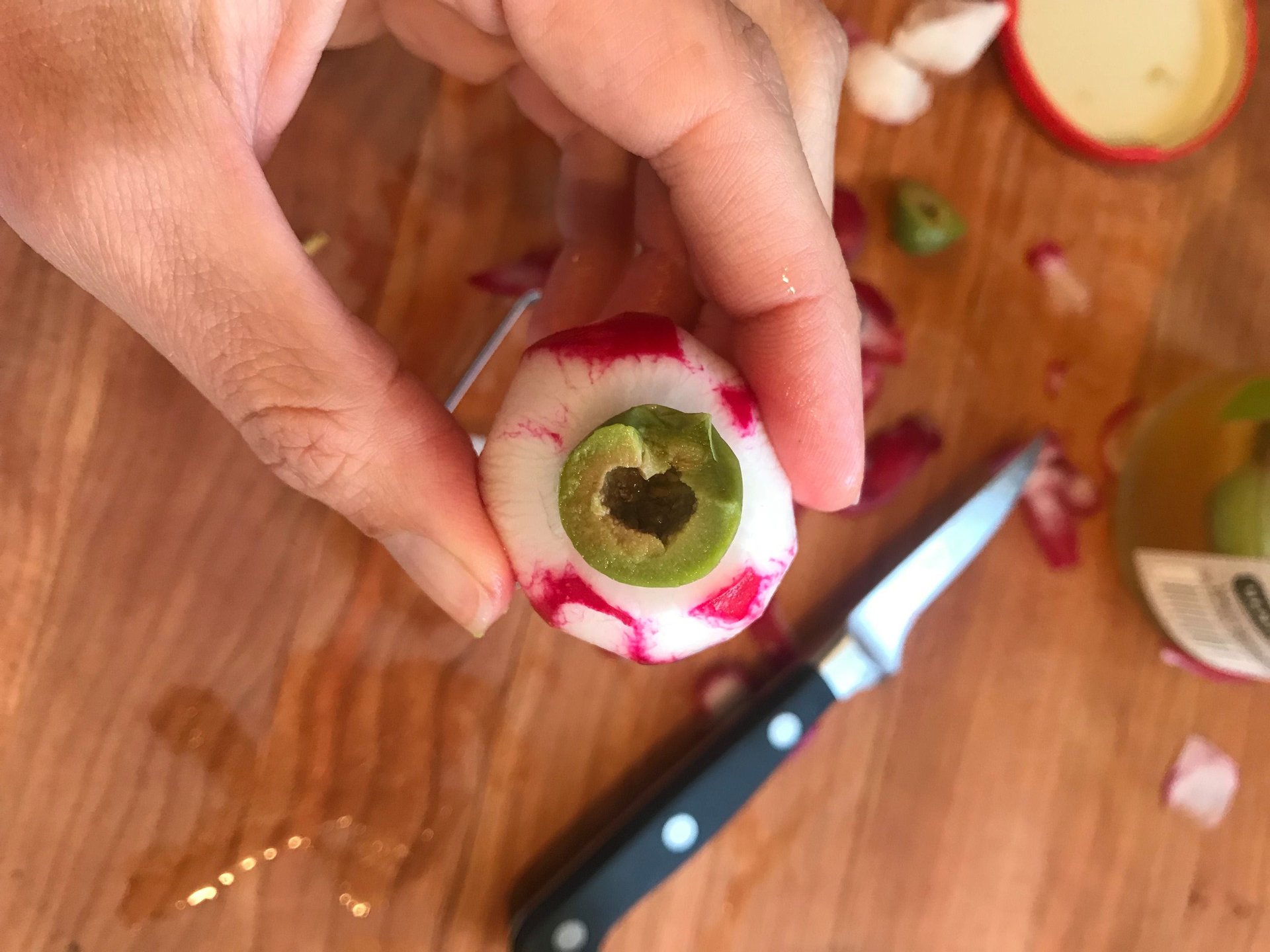
Let’s make Halloween gross again. I plan to make use of a leftover bottle of post-wedding Bloody Marys with the most sophisticated of garnishes: Martha Stewart-inspired radish eyeballs. To make your own—whether for a martini, a bloody mary, or a non-alcoholic libation—please do the following: Use a peeler or paring knife to peel most of the skin off a trimmed red radish, leaving some lines behind to make your radish eyeball veiny. Cut a pitted olive (ideally pimento-stuffed, but any will do) in half. Whittle out a little hole in your radish’s surface to stuff the olive in, with the cut side out. Secure them through the pupils with toothpicks, or bamboo skewers, to which you can add some cornichons or plain olives, and plop them into your drink. Bottoms up!
ALFA ROMEO is a registered trademark of FCA Group Marketing S.p.A., used with permission.